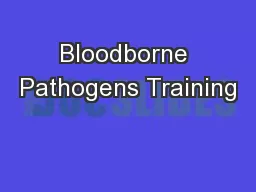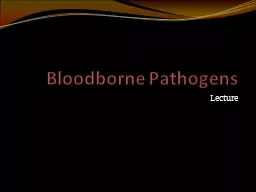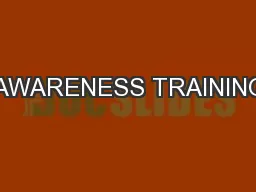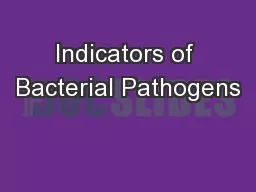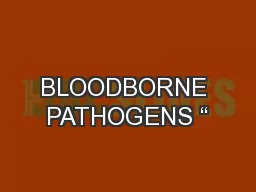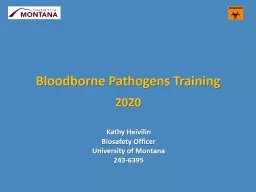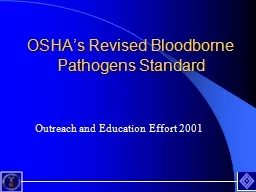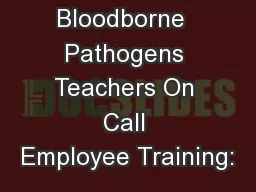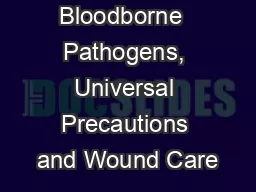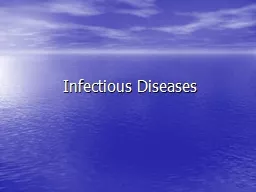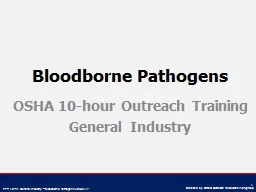PPT-Bloodborne Pathogens Training
Author : jane-oiler | Published Date : 2018-10-24
Columbus County Schools February 2013 INTRODUCTION Mandatory training for all CCS employees Complies with OSHA regulations Purpose to eliminate or minimize onthejob
Presentation Embed Code
Download Presentation
Download Presentation The PPT/PDF document "Bloodborne Pathogens Training" is the property of its rightful owner. Permission is granted to download and print the materials on this website for personal, non-commercial use only, and to display it on your personal computer provided you do not modify the materials and that you retain all copyright notices contained in the materials. By downloading content from our website, you accept the terms of this agreement.
Bloodborne Pathogens Training: Transcript
Download Rules Of Document
"Bloodborne Pathogens Training"The content belongs to its owner. You may download and print it for personal use, without modification, and keep all copyright notices. By downloading, you agree to these terms.
Related Documents

